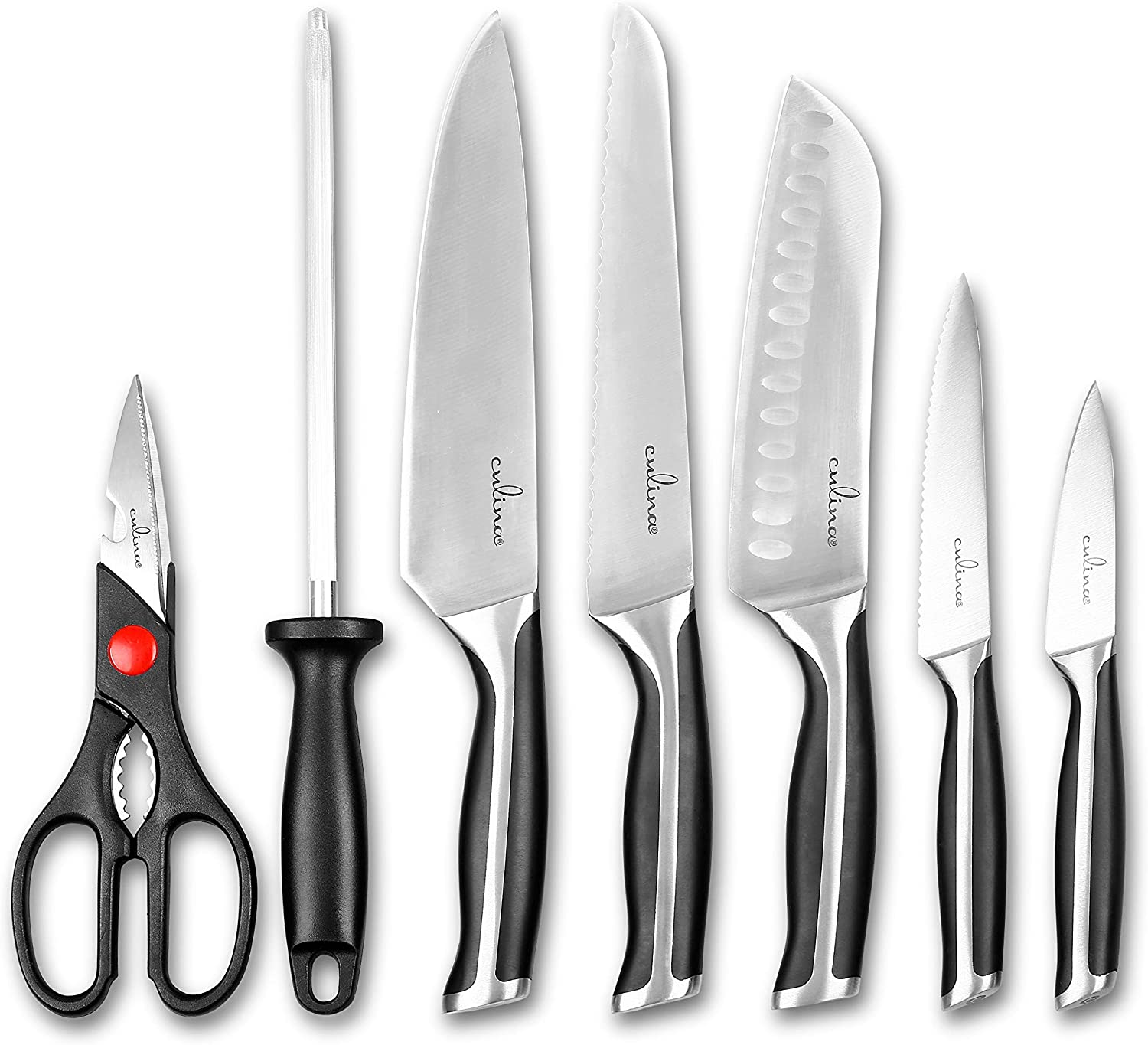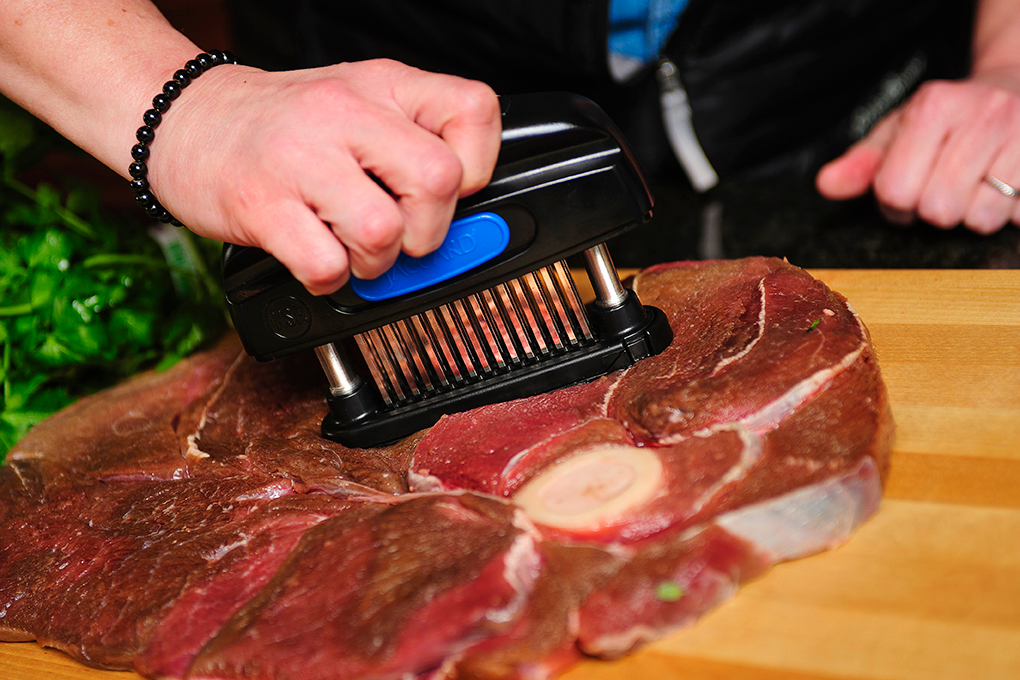Have you ever wondered why would putting meat tenderizer on bee stings work as a remedy? This intriguing home remedy has puzzled many, but science can explain why it might be effective. Understanding this can help you handle those unfortunate stings more effectively.

What is Meat Tenderizer?
Meat tenderizer is a powder that’s commonly used in cooking to soften tough cuts of meat. It often contains enzymes like papain or bromelain, which break down the fibers in meat.

The Science Behind Meat Tenderizer
Role of Enzymes
Meat tenderizers typically contain the enzymes papain or bromelain. These enzymes come from papaya and pineapple and are skilled at breaking down protein structures. Bee venom primarily consists of proteins, which is where the meat tenderizer comes in handy.
Action on Bee Venom
When you are stung by a bee, it injects venom that can cause pain, swelling, and itching. Because bee venom is made of proteins, the enzymes in meat tenderizer can help break down these proteins, thereby reducing the severity of symptoms.

How to Apply Meat Tenderizer to Bee Stings
Applying meat tenderizer to a bee sting is a straightforward process:
- Make a paste by mixing meat tenderizer powder with a small amount of water.
- Apply the paste directly to the sting area.
- Leave it on for about 20 minutes before rinsing off.
Pros and Cons of Using Meat Tenderizer
Pros
- Quick relief from pain and swelling.
- Easy to apply and make at home.
- Inexpensive compared to over-the-counter remedies.
Cons
- May cause irritation in some people.
- Not suitable for those with allergies to papain or bromelain.
- Limited scientific studies to fully prove its effectiveness.
Other Home Remedies for Bee Stings
Besides meat tenderizer, there are several other popular home remedies for bee stings that you might find helpful:
Baking Soda
A paste made of baking soda and water can help neutralize the bee venom, reducing itching and swelling.
Honey
Honey has natural antibacterial properties and can help soothe the sting area.
Aloe Vera
Aloe Vera gel can provide a cooling sensation and help reduce swelling and pain.
Wasp Stings vs. Bee Stings
Its important to note the difference between wasp stings and bee stings. Bee stings are usually barbed, causing more damage and leaving the stinger in the skin, while wasps can sting multiple times without losing their stinger.
When to Seek Medical Attention
While most bee stings can be treated at home, there are situations where medical attention is necessary:
- If you experience symptoms of an allergic reaction, such as difficulty breathing or swelling of the face and throat.
- If the pain and swelling persist for more than a few days or appear to worsen.
- If the sting site shows signs of infection, such as increased redness, swelling, and warmth around the area.
Preventing Bee Stings
Avoiding Bees
Preventing bee stings is always better than having to treat them. Be aware of your surroundings, especially during peak bee activity periods in spring and summer.
Using Repellents
Natural repellents like citronella can be effective in keeping bees away.
Staying Safe Around Bees
If you encounter a bee, try to remain calm and move away slowly. Swatting at bees can provoke them, increasing the likelihood of getting stung.
Conclusion: Practical Tips for Bee Stings
Now that you understand why putting meat tenderizer on bee stings can work, you have a valuable tool in your home remedy arsenal. Next time you or someone else experiences a bee sting, you can turn to this practical and inexpensive solution for relief.
For more information on meat tenderizers, you can check out this external link.
Frequently Asked Questions (FAQ)
1. Can I use any type of meat tenderizer for bee stings?
It’s best to use a meat tenderizer that contains papain or bromelain, as these are the enzymes effective in breaking down bee venom proteins.
2. What should I do if I experience an allergic reaction to a bee sting?
Seek medical attention immediately if you experience symptoms such as difficulty breathing, swelling of the face or throat, or a rapid pulse.
3. How long should I leave the meat tenderizer paste on the bee sting?
Leave the meat tenderizer paste on the sting area for about 20 minutes before rinsing it off.
Internal Resources
For more on related topics, you can visit these helpful articles:
- Baking soda as meat tenderizer
- Use meat tenderizer
- Cook chicken drumsticks
- Cook spatchcock chicken
- Eat meat tenderizer
As an Amazon Associate, I earn from qualifying purchases.








